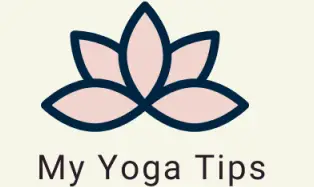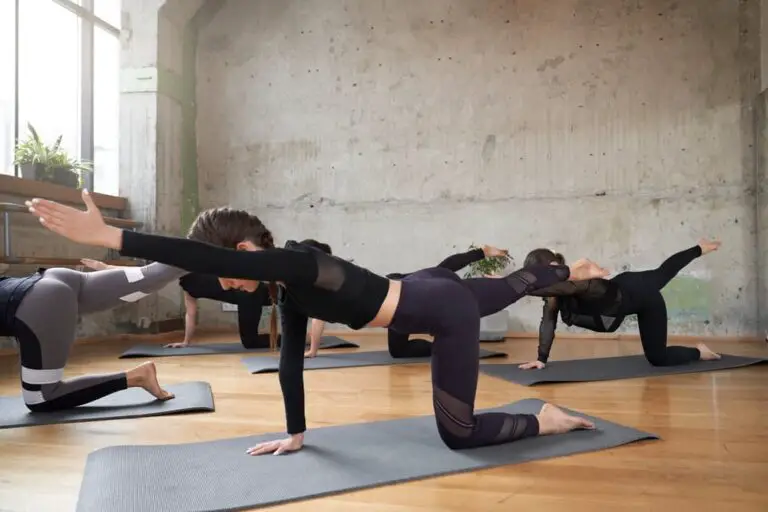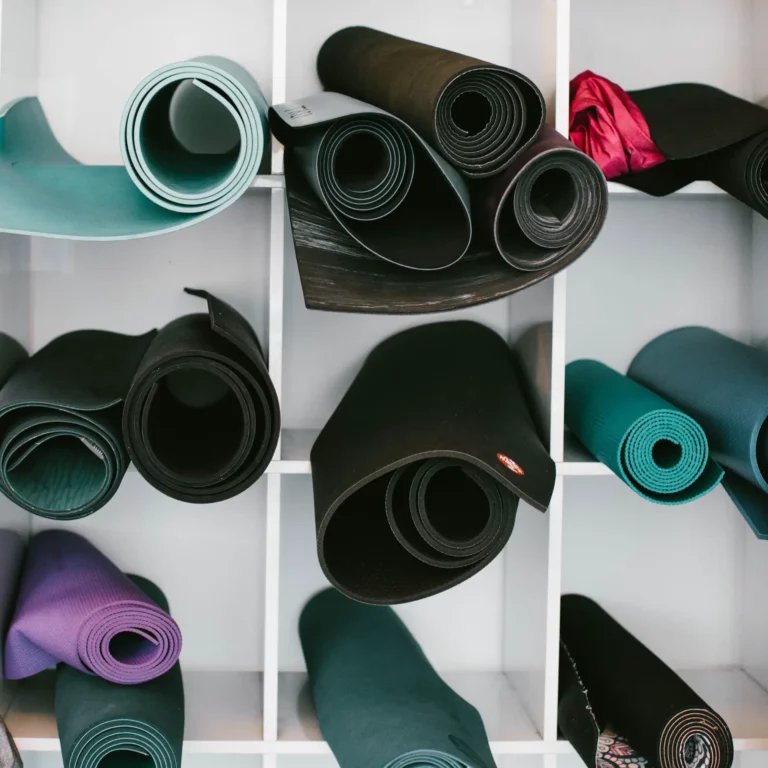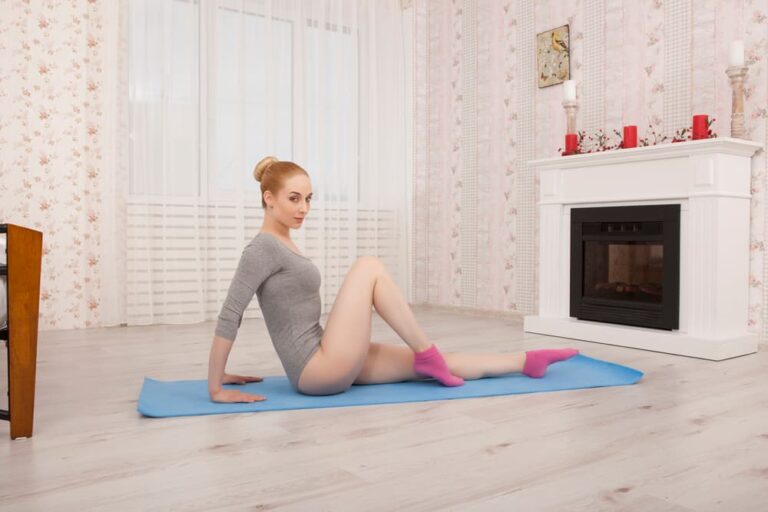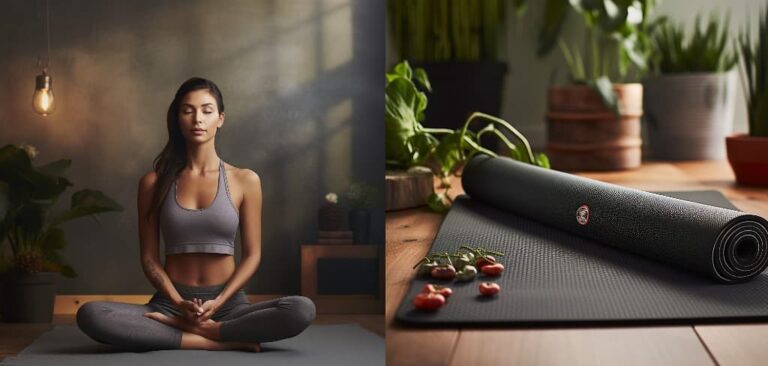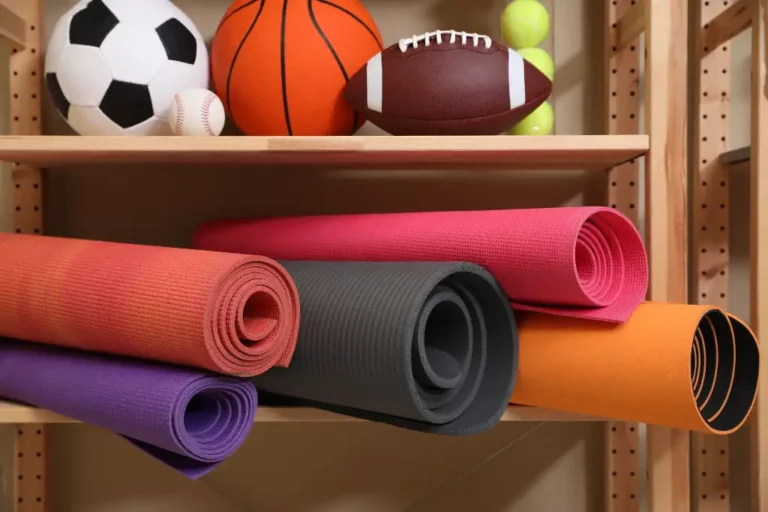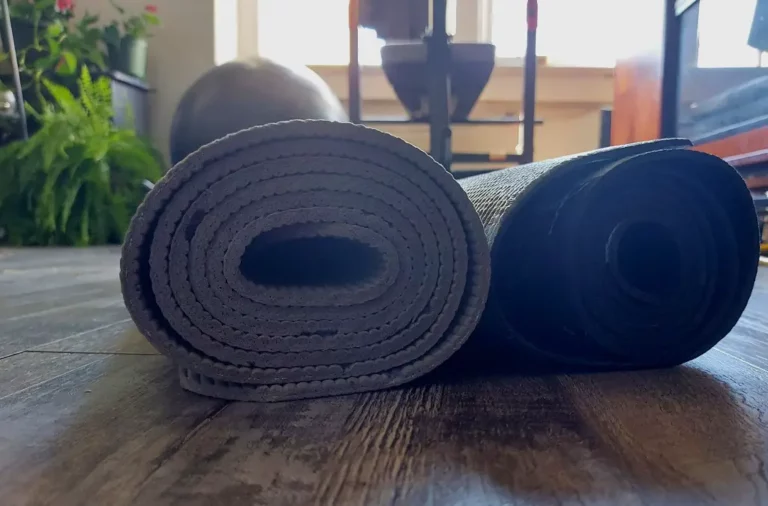Tips To Choose The Best Yoga Mat And Maintain
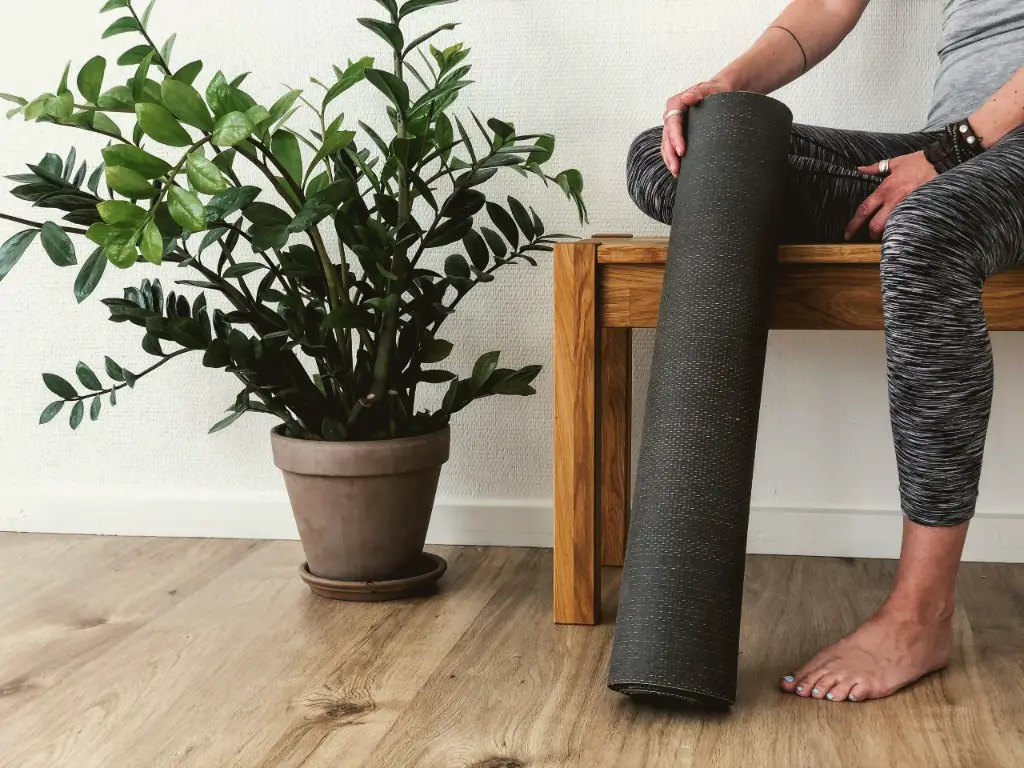
Most yoga classes will provide mats for newcomers and beginners, but you don’t get to choose the best mat for your needs. If you get bit by the yoga bug, then these tips for choosing the best yoga mat and maintaining it will help you invest in the best mat that is perfect for your needs.
Yoga needs very little equipment, but your mat is one of those items that you cannot go without. When choosing a yoga mat, it’s essential to consider some factors such as thickness, material, texture, stickiness, eco-friendliness, price range, style, and length to ensure a perfect fit.
A mat is just a mat, or is it? Yoga mats are the number one ubiquitous item that every yogi invests in. When confronted by the many different options of thickness, style, and material, to name a few, it becomes daunting as to which is best. Our tips can help you make a more educated choice when choosing the best mat for a satisfying yoga experience.
1. 4mm Vs. 6mm Yoga Mats: How To Make The Choice
There are several different thicknesses to choose from. Mats come from 1mm up to 12mm and sometimes more, each with distinct advantages and purposes. But the most common mats people buy are 4mm and 6mm mats.
Our previous article on 4mm Vs. 6mm Mats: How To Make The Choice discusses options for choosing the best mat between the two most common thicknesses of 4mm or 6mm.
Buying a yoga mat is an investment, so choosing the right mat for your yoga style and weight to help with sensitive joints and portability is vital.
Mat thickness matters when it comes to the different styles of yoga. A thinner mat is better for standing asanas, providing stability. In contrast, thicker mats are better for poses requiring more support for knees and wrists.
Mats also come in a standard length long enough for people averaging 5’6″ tall. Taller people would need to consider a longer mat to comfortably execute the stretches and poses while still fitting on the mat.
Another point to look for is the width of the mat. The average width is usually 24,” but you can also find extra-wide mats that reach widths of 36″.
Your yoga practice will heavily influence your decision of what mat to buy.
More choices in thickness read my article about Understanding The Difference: 3mm Vs 5mm Yoga Mat
2. Do You Need Two Yoga Mats?
You may have seen some yogis using two mats, but is it necessary to get two?
There has been chatter about this subject that I decided to expand on this in my previous article Do You Need Two Yoga Mats?
Doubling up on your yoga mats can be for two main reasons,
- Upgrading your old mat or following the trend and style
- For practical use to support sensitive joints if your first mat is too thin
Buying a second mat can arise from a specific need such as size, options, added features, texture, or trend.
You may have rushed out in your excitement at the thought of becoming a yogi that you did not consider all the different aspects of yoga mats, only to learn that the mat is not quite right for you or the yoga style you practice.
So, the need arises to buy a second mat, but can you use both mats together?
You may find your new mat fits your requirements now, but doubling up on yoga mats can help support your joints and provide extra cushioning during therapeutic yoga, where you hold your poses for longer.
3. Yoga Mats Vs. Exercise Mats: Any Real Difference?
Yoga mats and exercise mats may have the same purposes. Still, there are some crucial differences between the two, as the linked article Yoga Mats Vs. Exercise Mats: Any Real Difference describes in detail.
Just when you thought choosing a yoga mat was confusing enough between all the sizes, thicknesses, materials, textures, and styles, you have to contend with a mat they call an exercise mat.
Is there a big difference? Can an exercise mat be used for yoga?
Exercise mats are thicker than yoga mats ranging from 1 to 3 inches. The primary purpose of an exercise mat is to act as a shock absorber for high-impact exercises, protecting the joints from jarring during exercises such as jumping jacks, burpees, or jump ropes.
Exercise mats also tend to have a smoother texture for easier cleaning due to the higher sweat levels of high-impact exercises.
Their foamy density may be great for absorbing impact but does not provide the adequate stability you need during yoga when you are stretched in poses that use both hands and feet to support the body’s balance.
Yoga mats are thinner to provide stability when you are precariously balanced on one foot or hand, contorting your body into a pretzel, your mat needs to be stable, and the sponginess of an exercise mat could jeopardize your stability and balance.
The texture is also different in yoga mats. Yoga mats will have a more textured surface for grip, while an exercise mat is often smoother.
LKearn more read my review on Manduka Pro Yoga Mat Review
4. How To Know If Your Yoga Mat Is Open Or Closed Cell
At any time during your yoga experiences, be it beginner or advanced, there is always a time when a pose is challenging. Be it a new pose that you are trying to master or just that you are having a bad day. That’s where open or closed cells come in handy.
When you start out in yoga, choosing a mat is more about comfort and style, but the more you practice, the more you understand why mats are made like they are.
The article How To Know If Your Yoga Mat Is Open Or Closed Cell explains how to tell the difference between open and closed-cell mats and what they are best for.
Open-cell mats are thicker and spongier. They absorb sweat or water quickly and are textured, providing a good grip.
However, the absorbency makes them more susceptible to bacteria growth, needing regular cleaning with soap to prevent bacteria buildup.
Closed-cell mats are thinner, with a smoother to smooth surface. They are usually covered in a layer of thermoplastic elastomer, which renders them waterproof.
These are easy to clean, often just needing a wipe down. However, these mats can become slippery and are not ideal for yoga classes where you intend to build up a sweat, such as hot or power yoga.
5. Here’s Why (And How) You Salt Yoga Mats
The full benefits of yoga hinge on correct breathing techniques and body alignment while holding poses to enter a meditative state. Fighting to secure your position and find the grip you need from your new mat defeats the purpose of a yoga class.
That’s why salting yoga mats is vital to break them in. My previous article Here’s Why (And How) You Salt Yoga Mats explains the importance of breaking in a yoga mat and how to go about it.
News mats can be a bit slick due to the cover coating on the mats, like PVC or TPE. The more you use your mat, the better your grip becomes. That is because of the salt crystals from sweat that covers your mat during your exercises.
If you intend to break a mat naturally through use, then it can take you three months, working out three times a week, to break in your new mat. That’s a lot of poses that you have to fight against to keep your balance because your mat is slippery.
Using a scrub of coarse sea salt, as explained in the article, can help break your new mat in.
Learn How Can I Make My Yoga Mat Last Longer?
6. Are You Using Your Yoga Mat Right? (Which Side Up?)
How technical can a yoga mat really be? Roll it out, and there you go, ready to enter your daily ashtanga pose routine or channel your energy through hatha yoga.
But yoga mats have two sides. The article Are You Using Your Yoga Mat Right? (Which Side Up) explains how to find the right side that should be facing up.
Each side of the mat is designed with a different purpose. The one side facing the floor is meant to stick to the floor to keep your mat sturdy during movement. In contrast, the opposite right side up is the side that provides grip and traction for your hands and feet during your pose.
The quickest and easiest way to find the right side is to look for a logo. This will be the top side that you practice on. If both sides are textured, then the more heavily textured side is the top side.
Then, to confuse matters, there are the double-sided mats. Luckily these are usually indicated by the manufacturers are reversible mats, where both sides can be used interchangeably. Some mates will have two different sides that you can flip over depending on what type of yoga you do.
7. Shedding Yoga Mat? Here’s What To Do
When we think of shedding, we think of the tufts of hair our dogs leave behind on the couch. Well, yoga mats can also “shed,” leaving little flakes of material all over the floor, your clothes, and your hair.
But why do yoga mats shed? For more info, you can go to my article Shedding Yoga Mat? Here’s What To Do to discover why this happens and how to prevent it.
Like everything else in life, yoga mats have an expiration date. It depends on how it’s been used, how often you exercise, how it’s cleaned, how it is stored, and the quality of the mat.
8. How To Store A Yoga Mat, So It Doesn’t Crease
The last thing you want to aggravate you before you start your yoga class is having to deal with creases in a yoga mat. It may not sound like much, but those that have had to deal with this can vouch that creases can get in the way.
Properly storing your mat can help prevent those pesky creases, this article, How To Store A Yoga Mat, So It Doesn’t Crease, talks about how to store your yoga mat by rolling it up and alternating each time you use it.
But getting creases is not the end of the world and doesn’t mean you need to rush out to get a new mat. Applying heat and weight on those creases can resolve the problem in a jiffy.
More related articles: How Thick Should Yoga Mats Be For Knees and Manduka Pro Yoga Mat- All Reviews Considered
How To Keep Yoga Mat From Rolling
Do I Need A Yoga Mat If I Have A Carpet
Conclusion
Yoga mats are the most essential accessory a yogi will have, and becomes your trusty friend that supports you during your salutations and stretches. Choosing the right mat and correctly looking after it ensures you and your mat have a long relationship.
